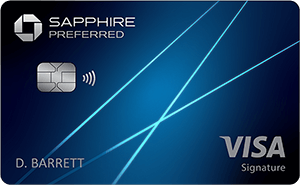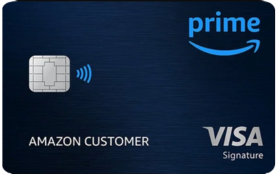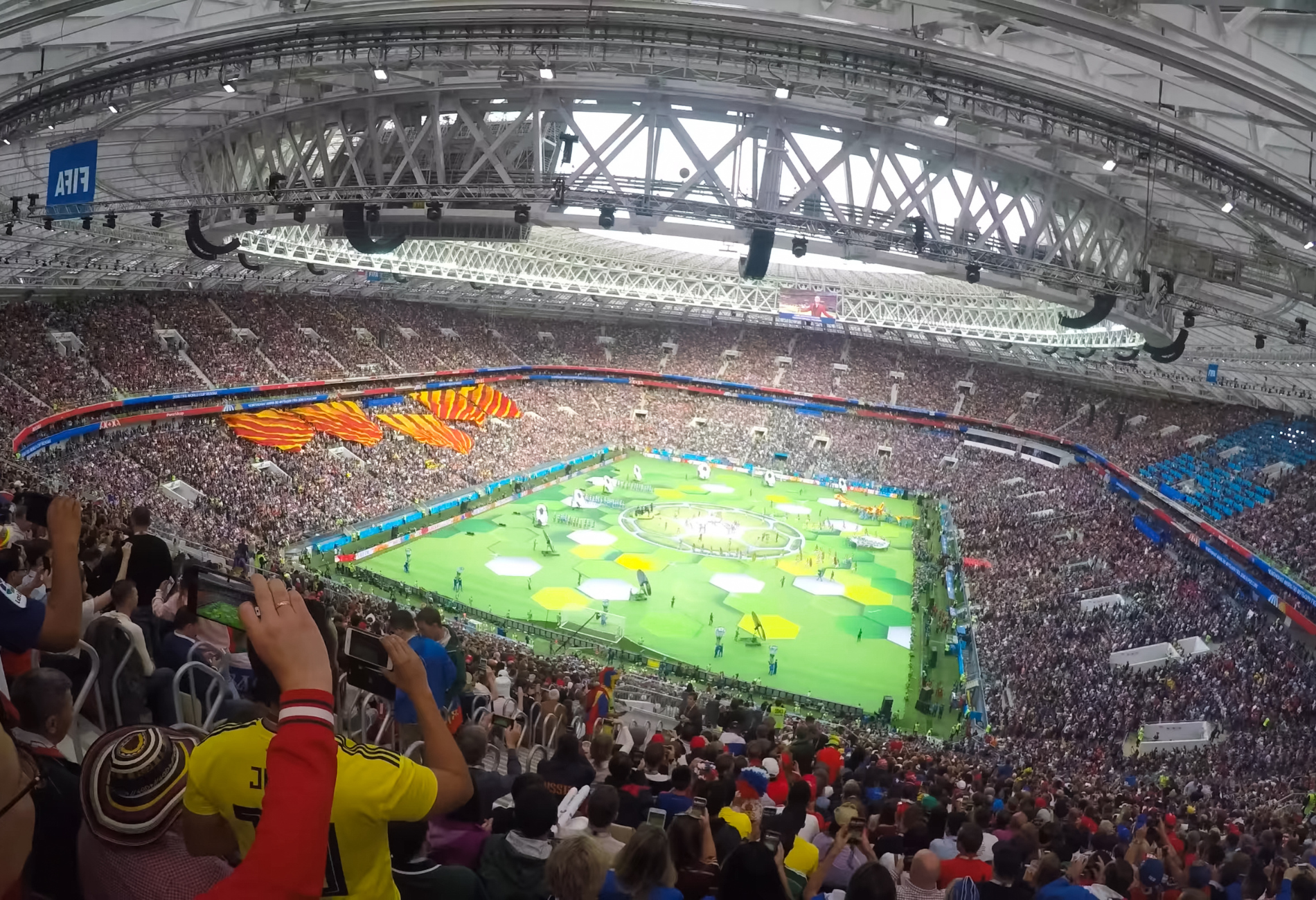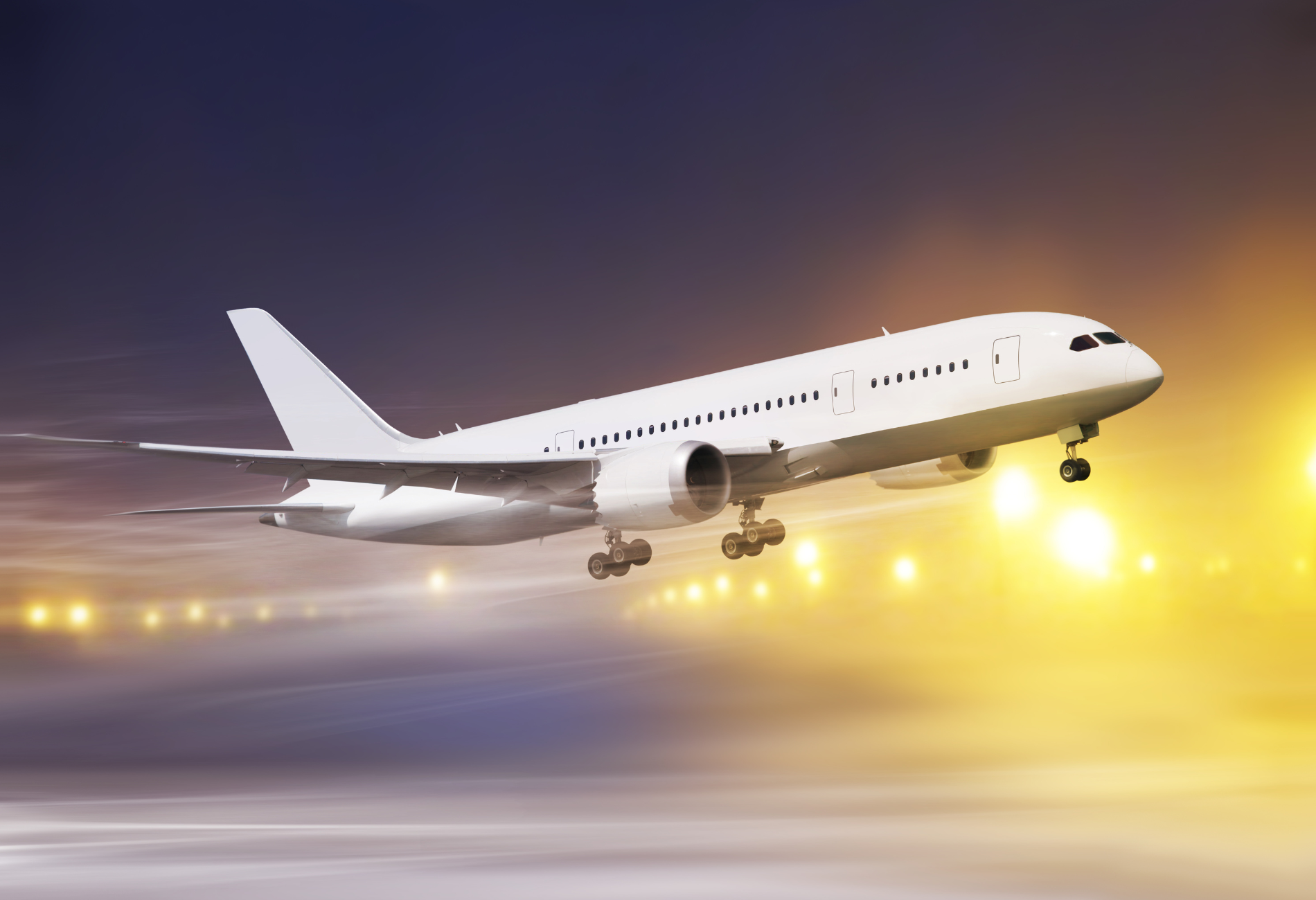TSA says, “1,2,3… smile! We’re analyzing and capturing your face.”
Transportation Security Administration officials have quietly been testing controversial facial recognition technology at 16 major domestic airports for passenger screening and plan on expanding the system to all airports in the United States by next year.
The identification system — called Credential Authentication Technology with Camera (CAT-2) – compares live photos of travelers with images on their driver’s license or state ID card in order to confirm their identity, eliminating the need for TSA agents to manually verify each traveler’s ID.
Originally implemented at Ronald Reagan Washington National Airport in DC due to coronavirus concerns, the technology has grown to include airports like Los Angeles International Airport, Orlando International Airport, and Dallas-Fort Worth International Airport.
Do I have to get my face scanned?
Travelers concerned about their information being stored or their personal data being leaked can choose the standard TSA screening process and opt out of this new screening method.
“None of this facial recognition technology is mandated,” TSA official, Jason Lim shared. “Those who do not feel comfortable will still have to present their ID, but they can tell the officer that they do not want their photo taken, and the officer will turn off the live camera.”
Facial recognition, which has been banned by cities such as San Francisco, is said to improve security and efficiency, but it also brings inexperienced technology to the most stressful part of traveling, with racial bias and misidentification problems that still remain problematic.









 by your friends at The Daily Navigator
by your friends at The Daily Navigator



